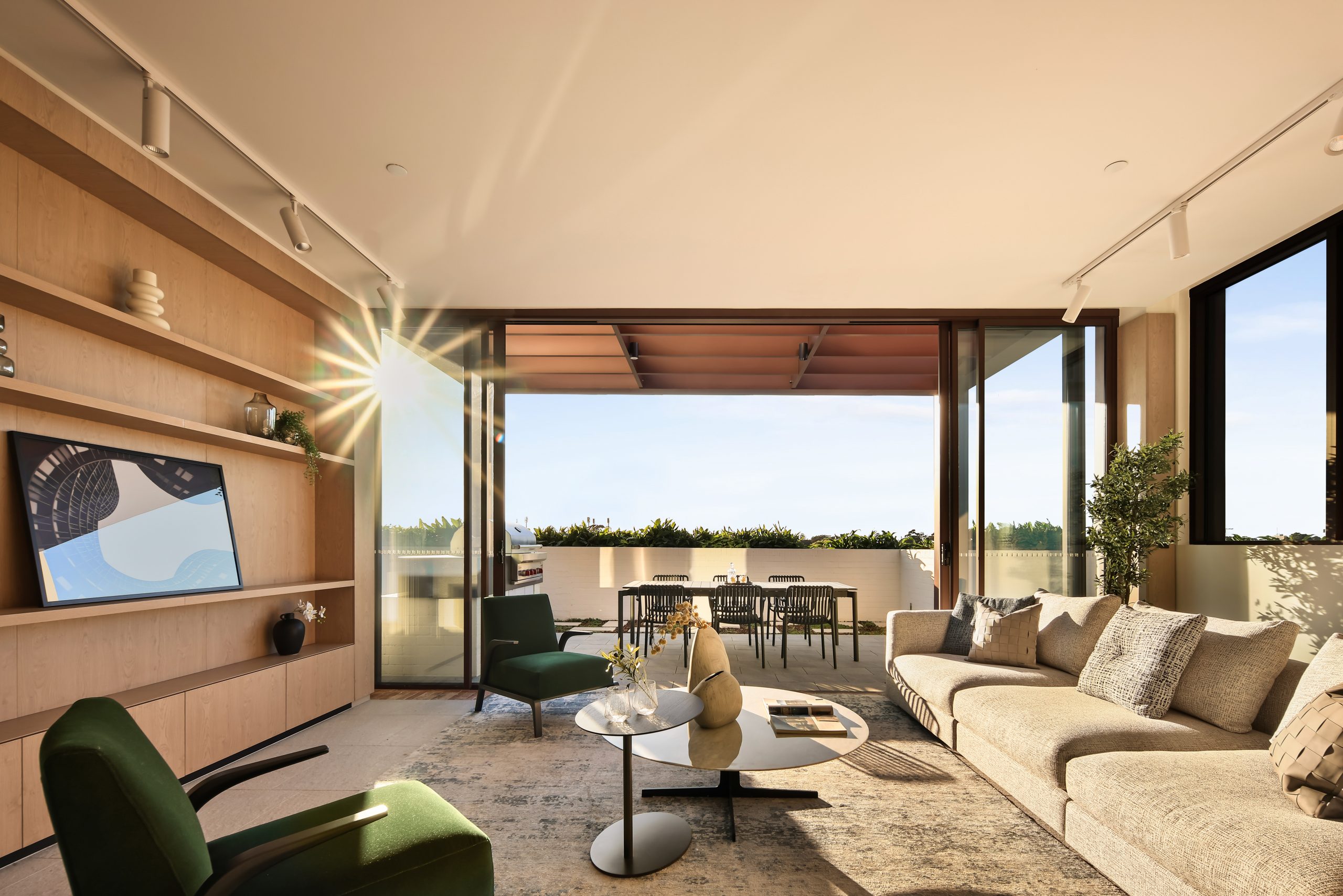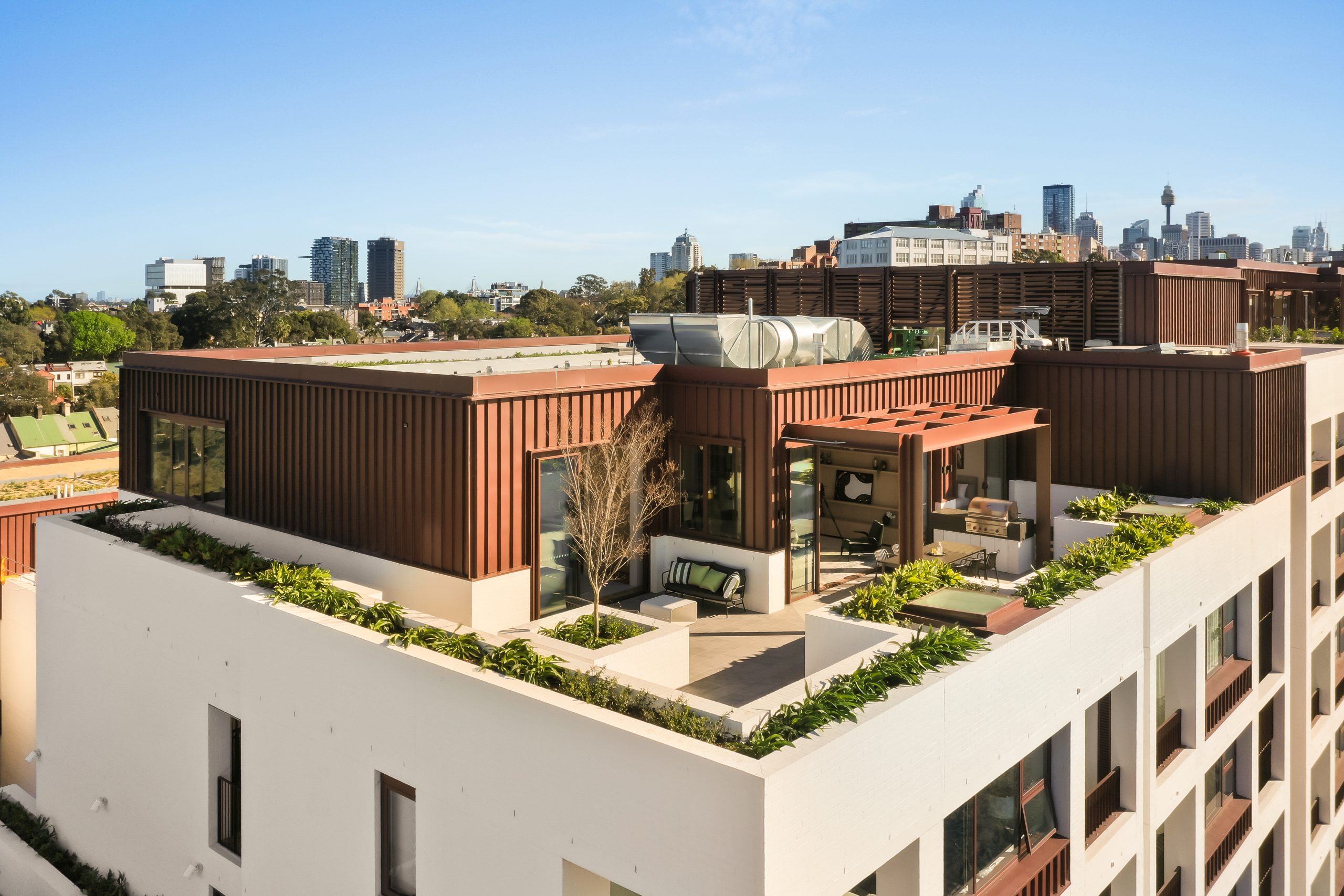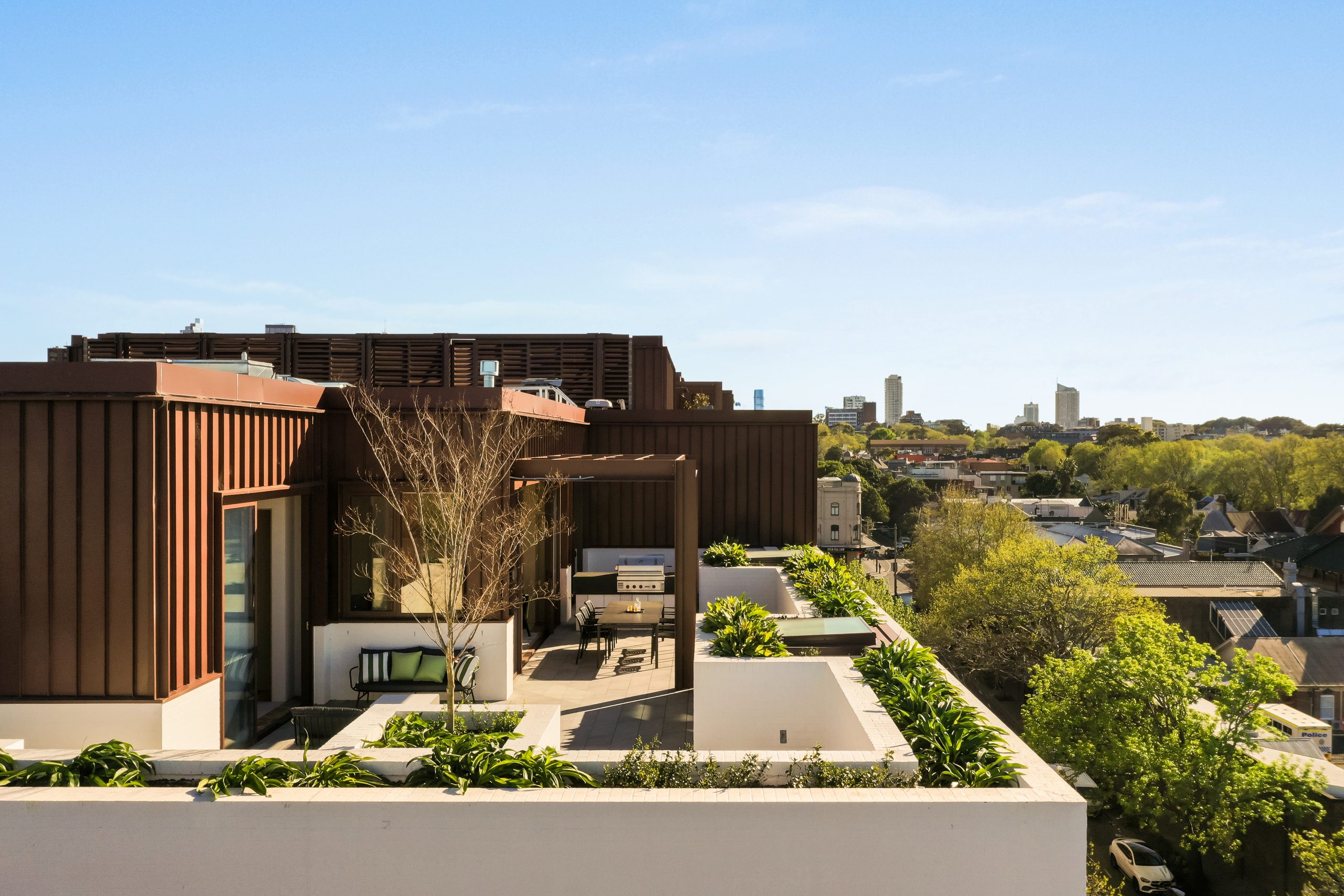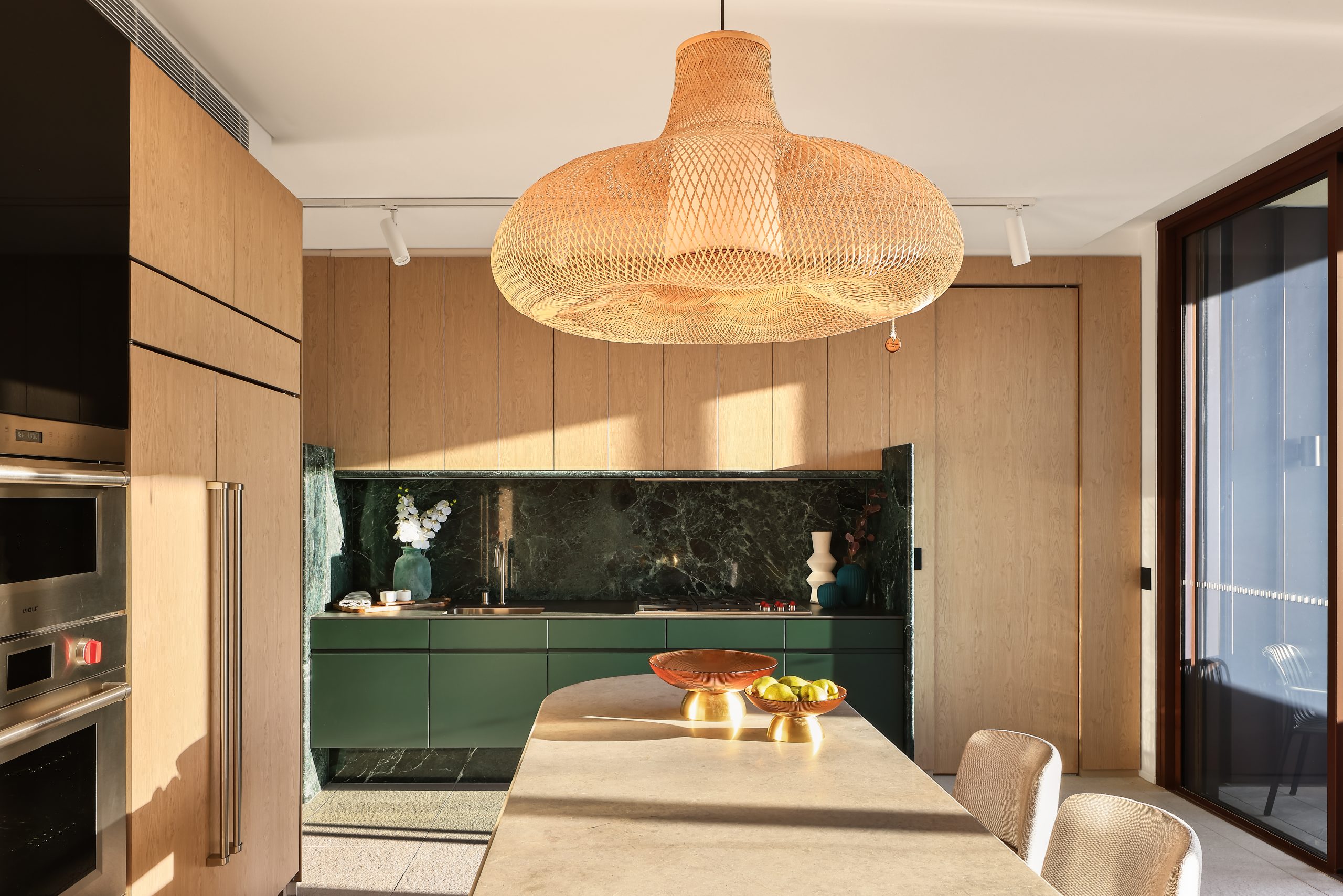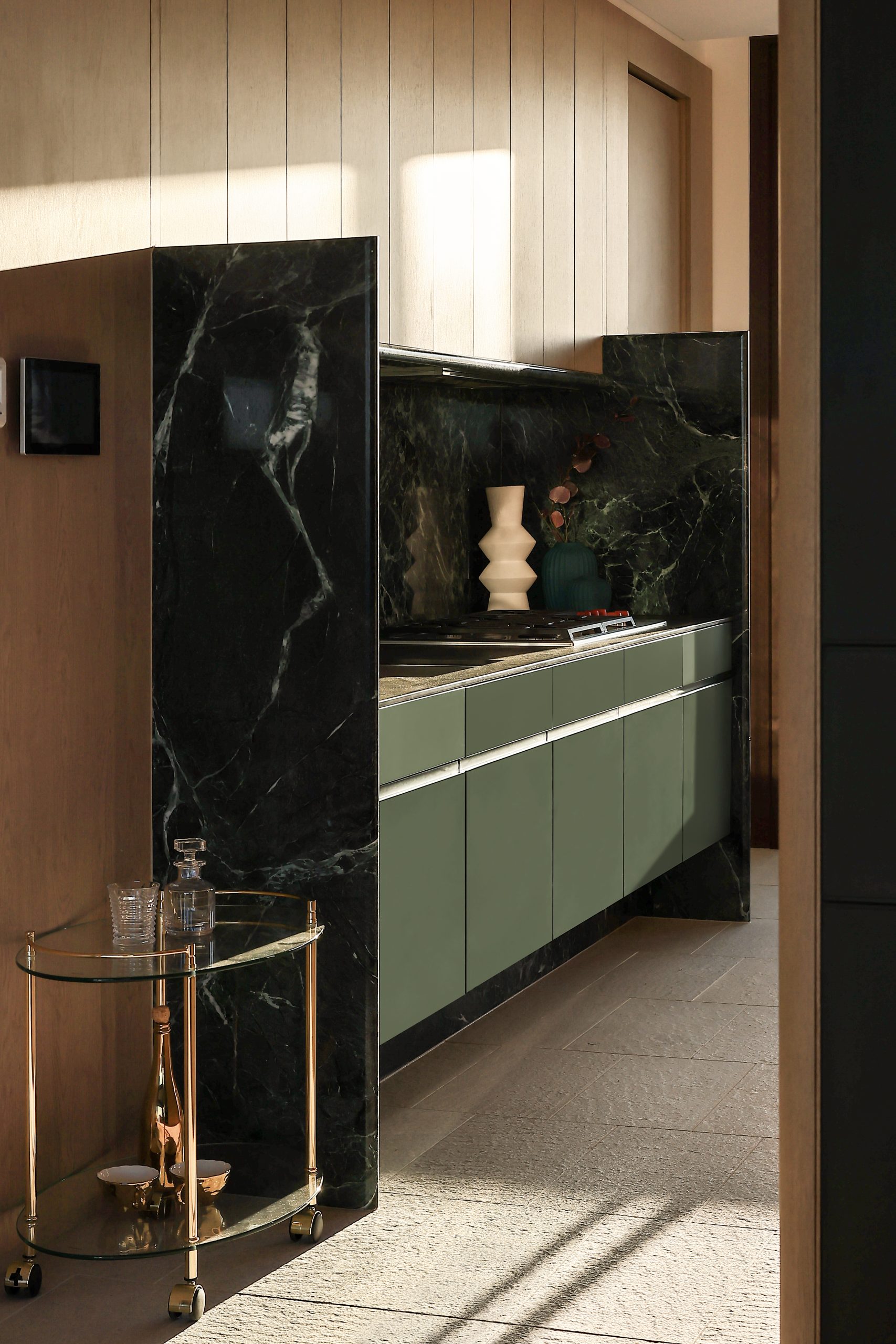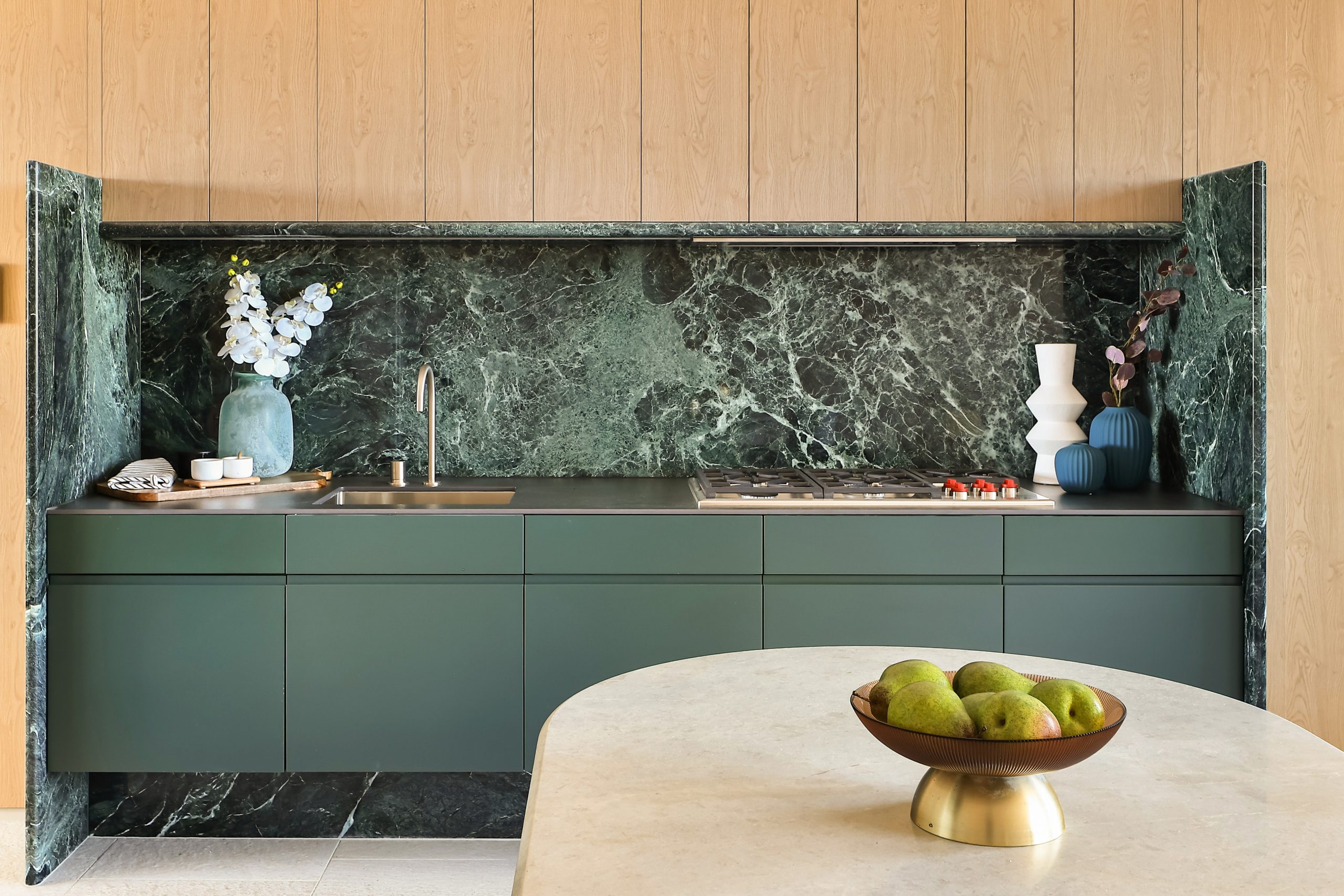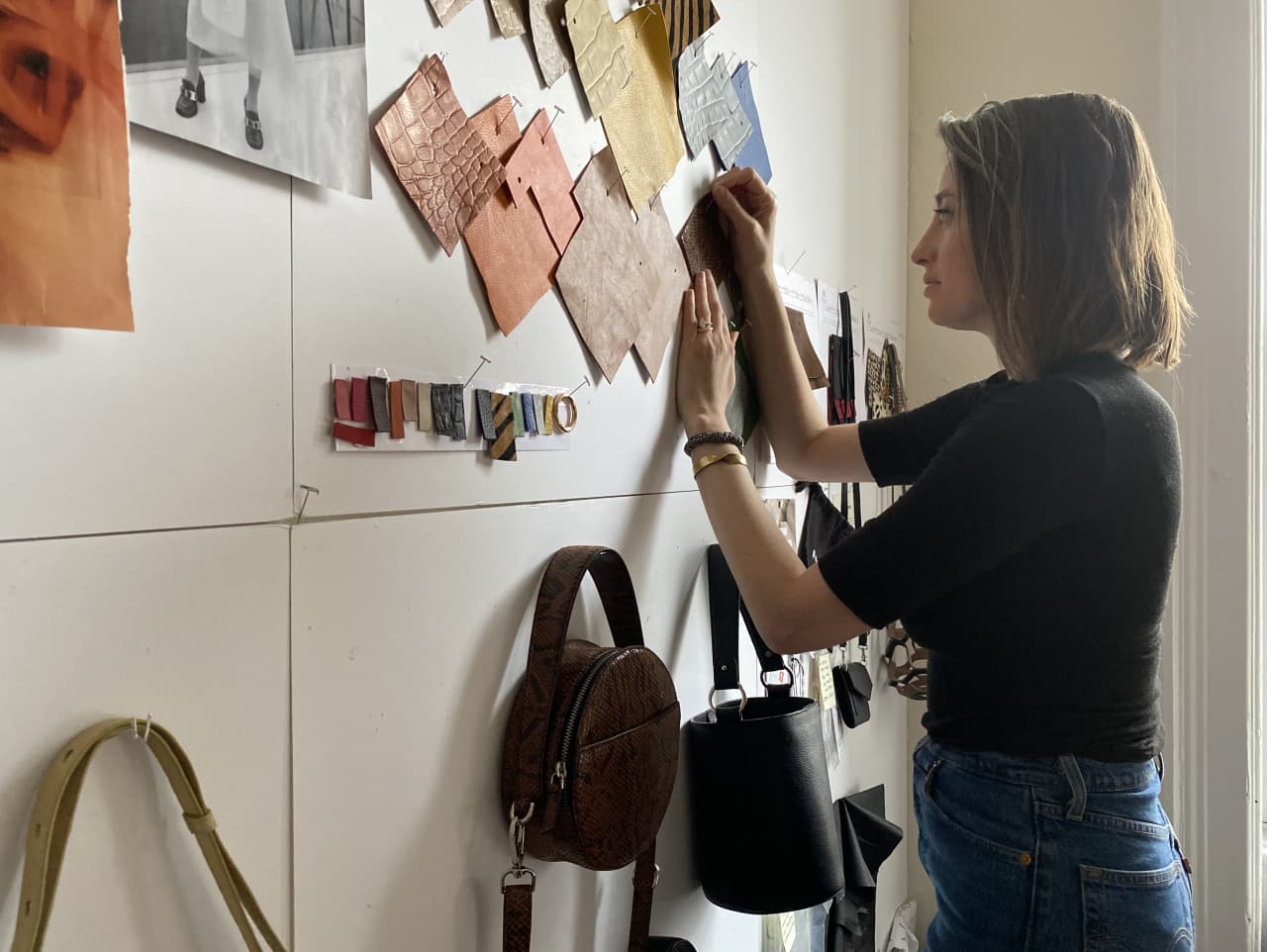Nation’s Experts Split On Cash Rate Rise
A survey of economists unsure of rate rise before the end of 2022.
While almost all 36 panellists surveyed in this month’s Finder RBA Cash Rate Survey (94%) expect a cash rate hold to be announced in February, the same sentiment is not held for the year ahead.
More than half (58%) are predicting a rise this year while just 1 in 5 of the experts panelled expect the rise to happen in the first half of the year.
Graham Cooke, head of consumer research at Finder, noted a shift in expectations of a rate rise in 2022.
“A rate rise this year has moved from an ‘impossibility’ to a ‘most likely’,” said Mr Cooke.
“With some lenders indicating multiple rises to come, Australian borrowers who purchased over the last few years of rock-bottom rates may be in for a shock when their mortgage costs start to climb.”
Many experts have cited the concern of inflation and the unemployment figures reaching the RBA’s target ahead of schedule as a reason to get moving.
Ben Udy, from Capital Economics thinks that the first rate hike will come in the middle part of the year.
“While the RBA has previously said that it would not raise rates until wage growth was at least 3%, we think the strength in underlying inflation along with the tight labour market will convince the Bank to hike rates first in August and lift rates to 1.25% by the end of 2023,” Udy said.
However, opposing Ben Udy, Saul Elake of Corinna Economic Advisory states three reasons we won’t see a rate rise this year.
“One, underlying inflation has only just entered the target band after more than 5 years below it, and remains lower than in most other advanced economies.
“Two, wage inflation is nowhere near the 3.5% the RBA has said it needs to be to be consistent with inflation being ‘sustainably’ within the target band.
“Three, the RBA has a looser inflation target than most other ‘advanced’ economy central banks,” Eslake said.
It begs the question, how much will average mortgages rise when rates do.
Almost all experts believe that rates have hit rock bottom (96%).
Graham Cooke’s advice is to lock in a loan at a very low rate.
“The days of sub-2% home loans are almost behind us, and may never return. If you are in a position to lock on a very low rate with your current lender, or by switching, there has never been a better time to do it,” Mr Cooke said.
Westpac is expecting the RBA to raise the cash rate 6 times in the next 2 years, starting in August this year.
This would bring the official cash rate up from 0.10% at present to 1.50% in 2 years’ time – a jump of 1.4% on what homeowners are paying now.
On a $500,000 home loan, a rate hike from 2.00% to 3.40% would cost homeowners $369 more per month or $4,428 more per year.
This stylish family home combines a classic palette and finishes with a flexible floorplan
Just 55 minutes from Sydney, make this your creative getaway located in the majestic Hawkesbury region.
A Sydney site with a questionable past is reborn as a luxe residential environment ideal for indulging in dining out
Long-term Sydney residents always had handful of not-so-glamourous nicknames for the building on the corner of Cleveland and Baptist Streets straddling Redfern and Surry Hills, but after a modern rebirth that’s all changed.
Once known as “Murder Mall” or “Methadone Mall”, the 1960s-built Surry Hills Shopping Centre was a magnet for colourful characters and questionable behaviour. Today, however, a $500 million facelift of the site — alongside a slow and steady gentrification of the two neighbouring suburbs — the prime corner property has been transformed into a luxury apartment complex Surry Hills Village by developer Toga Group.
The crowning feature of the 122-apartment project is the three-bedroom penthouse, fully completed and just released to market with a $7.5 million price guide.
Measuring 211sqm of internal space, with a 136sqm terrace complete with landscaping, the penthouse is the brand new brainchild of Surry Hills local Adam Haddow, director of architecture at award-winning firm SJB.
Victoria Judge, senior associate and co-interior design lead at SJB says Surry Hills Village sets a new residential benchmark for the southern end of Surry Hills.
“The residential offering is well-appointed, confident, luxe and bohemian. Smart enough to know what makes good living, and cool enough to hold its own amongst design-centric Surry Hills.”
Allan Vidor, managing director of Toga Group, adds that the penthouse is the quintessential jewel in the crown of Surry Hills Village.
“Bringing together a distinct design that draws on the beauty and vibrancy of Sydney; grand spaces and the finest finishes across a significant footprint, located only a stone’s throw away from the exciting cultural hub of Crown St and Surry Hills.”
Created to maximise views of the city skyline and parkland, the top floor apartment has a practical layout including a wide private lobby leading to the main living room, a sleek kitchen featuring Pietra Verde marble and a concealed butler’s pantry Sub-Zero Wolf appliances, full-height Aspen elm joinery panels hiding storage throughout, flamed Saville stone flooring, a powder room, and two car spaces with a personal EV.
All three bedrooms have large wardrobes and ensuites with bathrooms fittings such as freestanding baths, artisan penny tiles, emerald marble surfaces and brushed-nickel accents.
Additional features of the entertainer’s home include leather-bound joinery doors opening to a full wet bar with Sub-Zero wine fridge and Sub-Zero Wolf barbecue.
The Surry Hills Village precinct will open in stages until autumn next year and once complete, Wunderlich Lane will be home to a collection of 25 restaurants and bars plus wellness and boutique retail. The EVE Hotel Sydney will open later in 2024, offering guests an immersive experience in the precinct’s art, culture, and culinary offerings.
The Surry Hills Village penthouse on Baptist is now finished and ready to move into with marketing through Toga Group and inquiries to 1800 554 556.
This stylish family home combines a classic palette and finishes with a flexible floorplan
Just 55 minutes from Sydney, make this your creative getaway located in the majestic Hawkesbury region.












